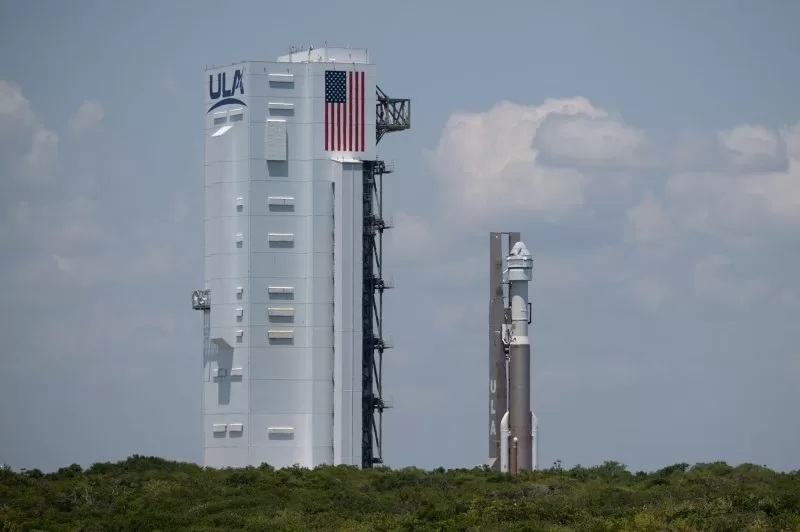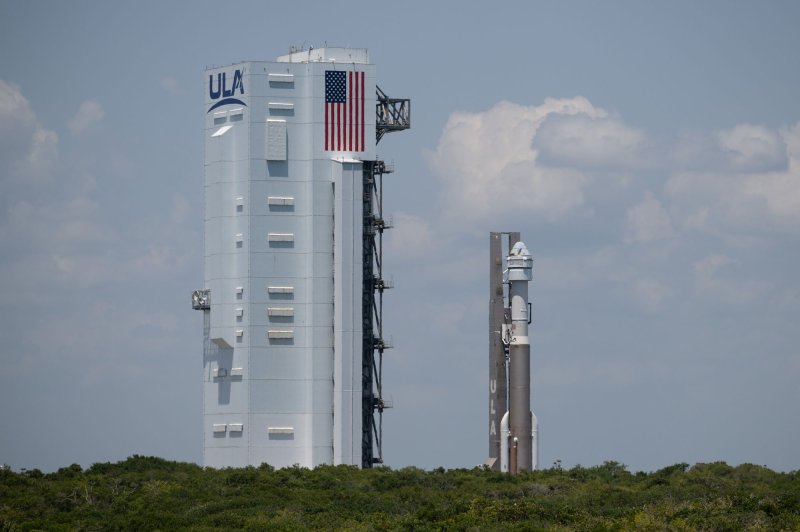May 18 (UPI) — Boeing’s first crewed space mission was delayed again Friday due to a persistent helium leak.
The spacecraft now is scheduled to take off May 25 after NASA scrapped a launch set for Tuesday.


May 18 (UPI) — Boeing’s first crewed space mission was delayed again Friday due to a persistent helium leak.
The spacecraft now is scheduled to take off May 25 after NASA scrapped a launch set for Tuesday.
The delay will give time for the team to further assess a small helium leak in the spacecraft’s service module, the agency said.
It is the latest in a series of delays for Boeing’s Starliner mission, which is supposed to send NASA astronauts Barry “Butch” Wilmore and Sunita “Suni” Williams to the International Space Station.
Starliner teams discovered the leak on Wednesday. While NASA said the leak is stable and wouldn’t pose a risk during flight, Boeing is working to develop procedures that ensure the system “retains sufficient performance capability and appropriate redundancy during the flight.”
A May 6 launch was scrubbed due to a faulty oxygen tank pressure regulation valve on the ULA Atlas V rocket, which would sent the Starliner into space from NASA’s Cape Canaveral Space Force Station in Florida.
Wilmore and Williams are quarantined in Houston and are now scheduled to fly back to NASA’s Kennedy Space Center in Florida closer to the new launch date, the agency said.
Boeing’s first crewed Starliner mission is about four years behind schedule. The first uncrewed mission ended in 2019 after the spacecraft failed to rendezvous with the ISS. Boeing overhauled the program with major software and hardware updates and launched a successful mission in 2022.
The company has an over $4 billion contract with NASA under the agency’s Commercial Crew Program, which replaced the Space Shuttle Program after it ended in 2011.
SpaceX, meanwhile, who’s contract with NASA is valued at $2.6 billion, has flown 50 people to space in 13 successful missions.
Boeing has far more troubles to deal with on Earth. The company’s commercial aviation wing has come under intense scrutiny after a door plug flew off an Alaska Airlines Boeing Max 737 plane in January.
Numerous other issues with the Max 737 were reported since January. The Justice Department said it would open a criminal investigation into the Alaska Airlines incident.